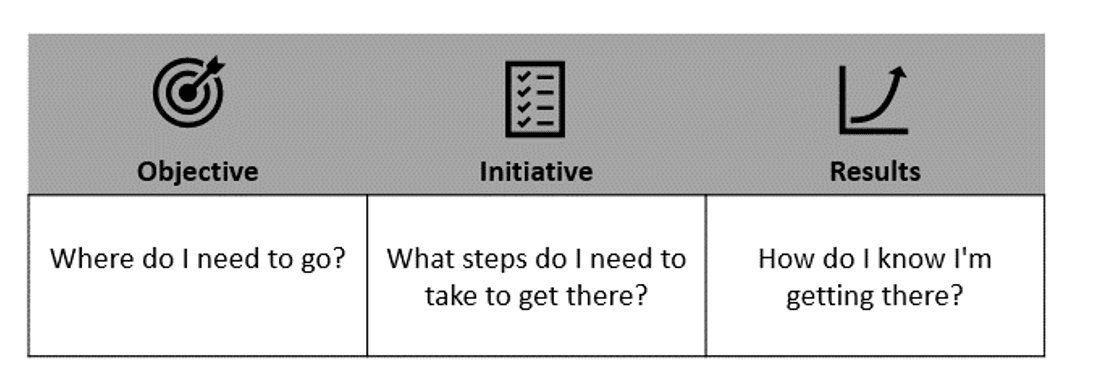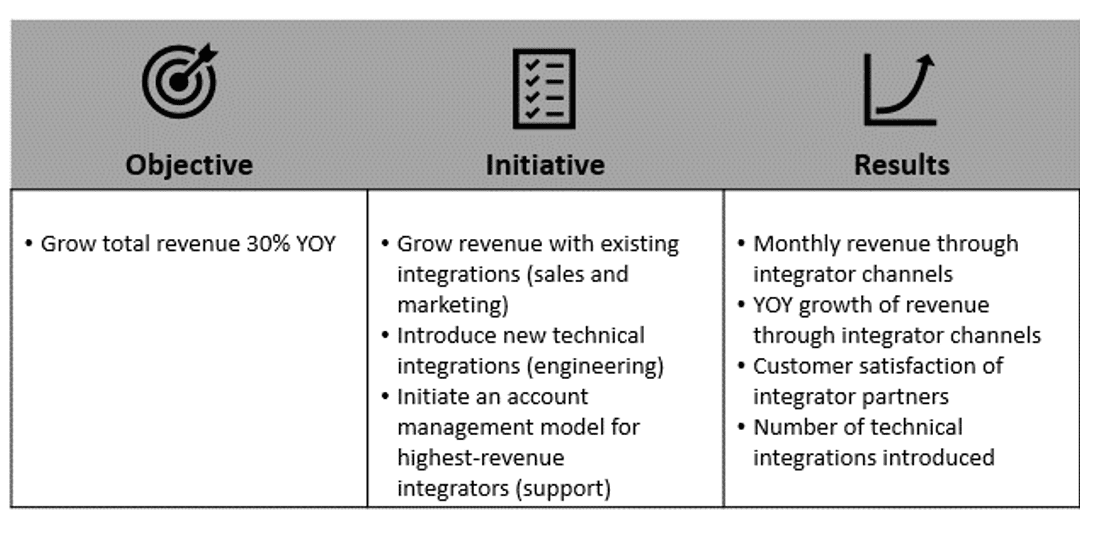In today's fast-paced and constantly evolving business landscape, it's essential to have a clear understanding of what drives performance and success. This is where OKRs and KPIs come into play. OKRs (Objectives and Key Results) and KPIs (Key Performance Indicators) are two widely used methods for measuring progress and achieving organizational goals. While they may sound similar, they serve different purposes and are applied in distinct ways. In this blog post, we'll dive into the differences between OKRs and KPIs, their importance in a business context, and how they can be used effectively.
I ran across a reference to OKRs which is short for Objectives and Key Results. Or what I’d like to call this “a grown-up version of KPIs.” Call it an evolution but I’d like to share why I think OKRs is a more fitting use to define success.
What are KPIs?
Most of you might be familiar with KPIs or Key Performance Indicators. The KPI is a point-in-time, standalone metric which might give you an indication of success. However, what’s missing in the KPI defined is what action that is needed to either accelerate or improve the KPI current status. Examples of KPIs are total revenue, monthly revenue rate, new customers added or customers lost (i.e., churn.) Solid information to track but the reporting of KPIs doesn’t have an action orientation associated.
What are OKRs?
Enter OKRs. In contrast, OKRs is an approach that provides the necessary direction and context that compliments the reporting or tracking of KPIs. The Objective in OKR describes what action needs to be taken or what the team hopes to accomplish. The Key Results in OKR is the measurable result that tracks progress. Add to this the Initiatives that are required to make progress to the goal or objective.
The following is a simplified format that might be helpful since a “picture says a thousand words.”

Key Differences Between OKRs and KPIs
While OKRs and KPIs may seem similar, they have some critical differences:
-
Purpose: OKRs are used to set and track progress towards specific goals, while KPIs are used to measure performance.
-
Focus: OKRs focus on achieving outcomes that align with the company's overall strategy, while KPIs focus on measuring specific metrics.
-
Flexibility: OKRs are more flexible and adaptable, allowing companies to pivot their goals and adjust their objectives and key results more easily. In contrast, KPIs tend to be more rigid and less adaptable.
-
Level of Detail: OKRs are more granular and provide more detail about specific goals and objectives. KPIs are often more high-level and provide a general overview of performance.
Why Are OKRs and KPIs Important?
OKRs and KPIs are essential tools for businesses looking to achieve their goals and measure their performance. Here are some reasons why they are important:
-
Clearer Direction: OKRs and KPIs help provide clear direction for organizations, ensuring that everyone is aligned around common goals and working towards the same objectives.
-
Better Performance: By tracking and measuring progress against objectives and KPIs, companies can identify areas where they need to improve and take corrective action.
-
Increased Accountability: OKRs and KPIs provide a framework for holding individuals and teams accountable for their performance, ensuring that everyone is working towards the same goals and that progress is being made.
-
Improved Communication: OKRs and KPIs help facilitate communication and collaboration across different departments and levels of the organization, ensuring that everyone is on the same page and working towards the same objectives.
How to Use OKRs and KPIs Effectively
To use OKRs and KPIs effectively, organizations should follow these best practices:
-
Set Clear Goals: Organizations should set clear, specific, and measurable goals that align with their overall strategy.
-
Choose the Right Metrics: Companies should choose metrics that are relevant to their business and industry and are aligned with their goals.
-
Keep it Simple: Companies should keep their OKRs and KPIs simple and focused to ensure that everyone understands them and can work towards them.
-
Use a Collaborative Approach: Organizations should involve all relevant stakeholders in the process of setting OKRs and KPIs to ensure buy-in and alignment.
-
Regularly Review and Adjust: Companies should regularly review their progress towards their goals and make adjustments as necessary to ensure they stay on track.
-
Communicate Progress: Organizations should regularly communicate progress towards their goals and celebrate successes to keep employees motivated and engaged.
-
Use Technology: Many software tools are available to help organizations manage and track their OKRs and KPIs, making the process more efficient and effective.
For Example
Without naming names, I had a recent experience reporting KPIs for a SaaS (software-as-a-service) company. I’d report such KPIs as MRR, total revenue, churn, new customers added, etc. and I routinely received the response “Things look good, but how do we ensure that these KPIs will continue to improve?”
In response to this, I leverage the OKR approach using the template that I previously referenced. Using a single objective as the example, this is how using OKRs shifted the discussion.

The result was a more action-oriented discussion as to the progress toward the desired objective. In addition, the use of OKRs ensures a team’s understanding of how each member contributes to the objective. A win/win!
In summary, there’s no reason to demolish the use of KPIs but merely to shift to a more strategic discussion that communicates progress against the key business objectives or strategies defined.
Sources:
- "OKRs vs. KPIs: What's the Difference?" ClearPoint Strategy. https://www.clearpointstrategy.com/okrs-vs-kpis-whats-the-difference/


